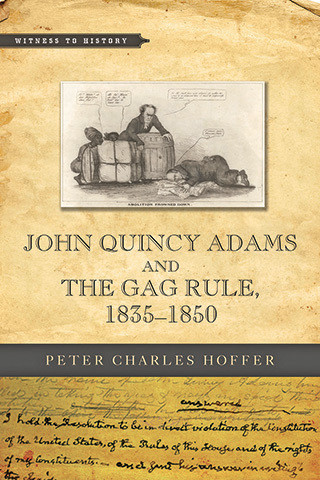
Reviews
For interested but uninitiated readers who wish to learn about the topic, this fast moving and well-written survey will be ideal
Written in a flowing narrative, Lehman’s book makes for fascinating, if somber, reading.
Even if you’ve sworn off Custer books, give this one a try. It’s a quick and entertaining read, yet satisfyingly thorough.
Accessible to lay readers and historians alike, with a far-reaching eye to the conflict's legacy... Highly recommended.
This beautifully written monograph offers new perspectives on the various causes, consequences, and legacies of the battle... Lehman reminds readers that the stories told about the bloodshed at the Little Bighorn in June 1876 reveal a good deal about who Americans were and what they might become.
Lehman's is a well-researched, eloquently presented, attractive narrative that embraces historical matters of great depth and breadth. This is not a book about tactics; it is, rather, a volume that deals with the larger forces of history. Yet Lehman retains a sensitivity to the telling details throughout.
Book Details
Prologue
Chapter 1. The Pen, the Pipe, and the Gun
Chapter 2. War and Peace...and War
Chapter 3. Custer's Luck and Sitting Bull's Medicine
Chapter 4. Surrounded
Chapter 5. Still Standing
What Have We
Prologue
Chapter 1. The Pen, the Pipe, and the Gun
Chapter 2. War and Peace...and War
Chapter 3. Custer's Luck and Sitting Bull's Medicine
Chapter 4. Surrounded
Chapter 5. Still Standing
What Have We Learned?
Acknowledgements
Notes
Suggested Further Reading
Index






